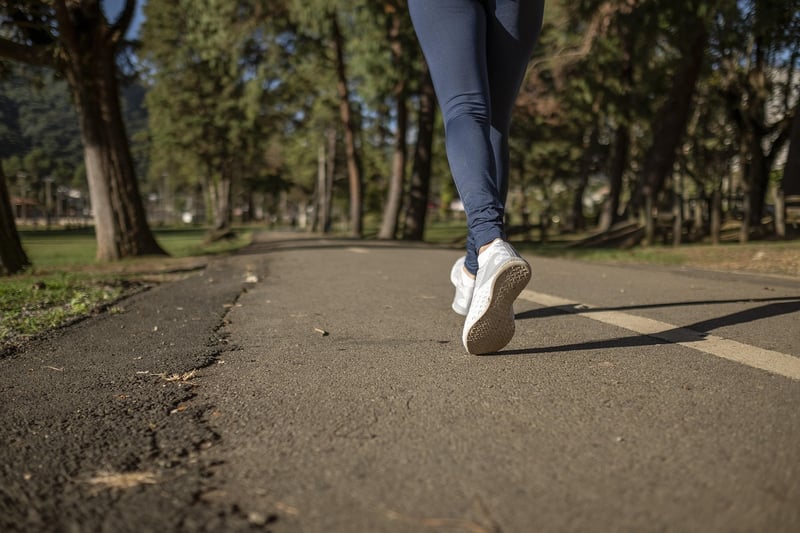Foam Rolling
The Ultimate Guide to Improving Flexibility with Foam Rolling
Flexibility is an essential component of overall fitness and plays a crucial role in preventing injuries, improving posture, and enhancing athletic performance. One effective way to increase flexibility is through foam rolling, a self-myofascial release technique that targets tight muscles and fascia to improve range of motion and reduce muscle tension.
Benefits of Foam Rolling for Flexibility
- Enhanced Range of Motion: Foam rolling helps release tension in muscles, allowing for better flexibility and joint mobility.
- Improved Muscle Recovery: By increasing blood flow to the muscles, foam rolling can help reduce muscle soreness and speed up recovery.
- Prevention of Injuries: Regular foam rolling can help prevent muscle imbalances and reduce the risk of injuries during physical activities.
- Increased Performance: Better flexibility from foam rolling can lead to improved athletic performance and better movement efficiency.
How to Use Foam Rolling for Flexibility
When using a foam roller for flexibility, it's essential to target specific muscle groups and perform the following steps:
- Select the muscle group: Identify the muscle group that feels tight or restricted.
- Apply pressure: Place the foam roller under the muscle and use your body weight to apply gentle pressure.
- Roll it out: Slowly roll back and forth over the muscle, focusing on any tight or tender spots.
- Breathe and relax: Take deep breaths and relax into the foam roller to allow the muscle to release tension.
- Repeat: Roll each muscle group for 1-2 minutes before moving on to the next area.
Best Foam Rolling Exercises for Flexibility
Here are some effective foam rolling exercises to improve flexibility in key muscle groups:
- Quadriceps: Target the front thigh muscles by rolling from the hips to just above the knees.
- Hamstrings: Roll from the hips to the back of the knees to release tension in the hamstrings.
- Calves: Place one calf on the foam roller and roll from the ankle to below the knee to stretch the calf muscles.
- Upper back: Lie on the foam roller perpendicular to your spine and roll from the middle back to the shoulders.
- IT band: Roll from the hip to just above the knee on the outer thigh to release tension in the IT band.
By incorporating foam rolling into your regular fitness routine, you can improve flexibility, prevent injuries, and enhance your overall performance. Remember to listen to your body, start slowly, and gradually increase the intensity of your foam rolling sessions for maximum benefits.

Start your journey to better flexibility today with foam rolling and unlock your body's full potential!
